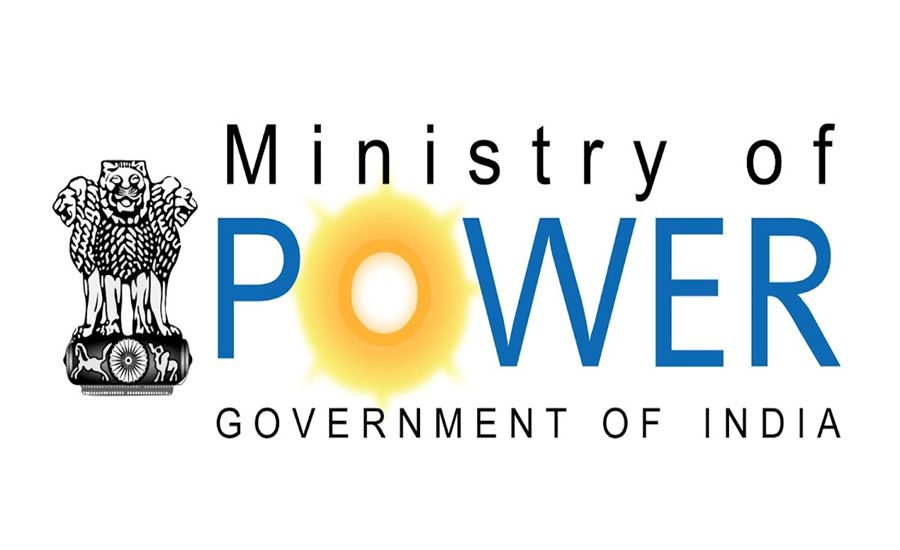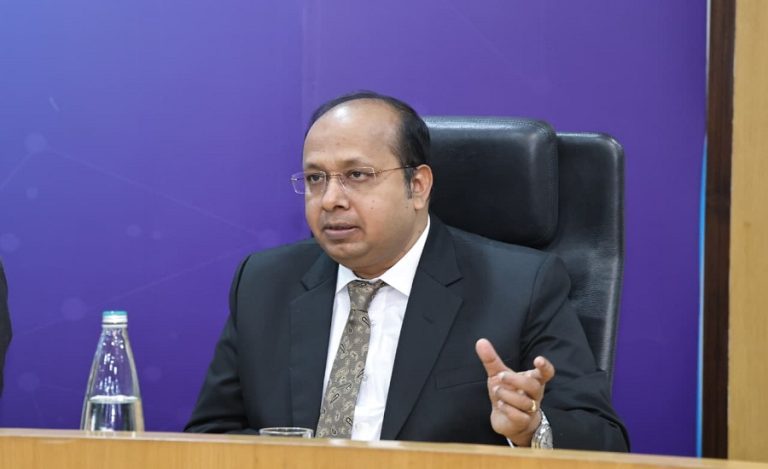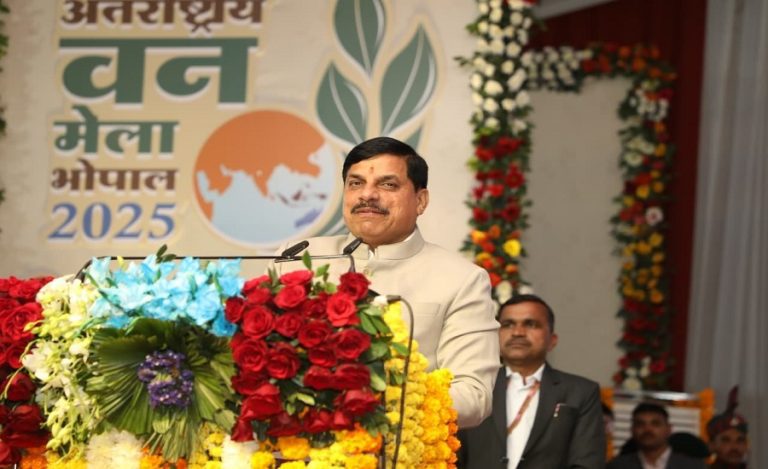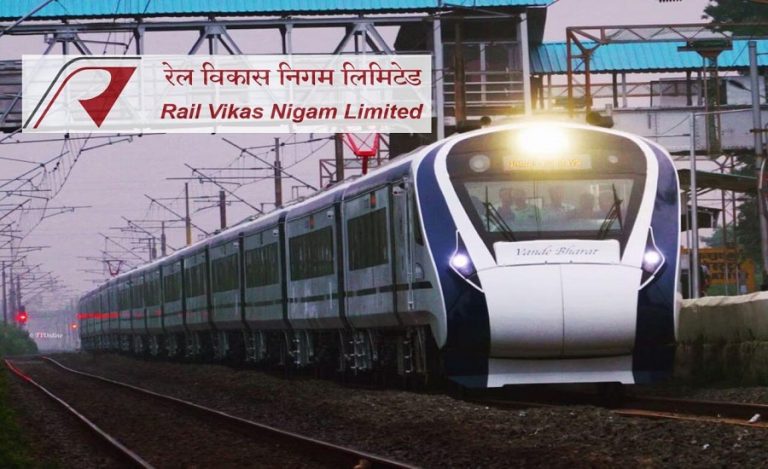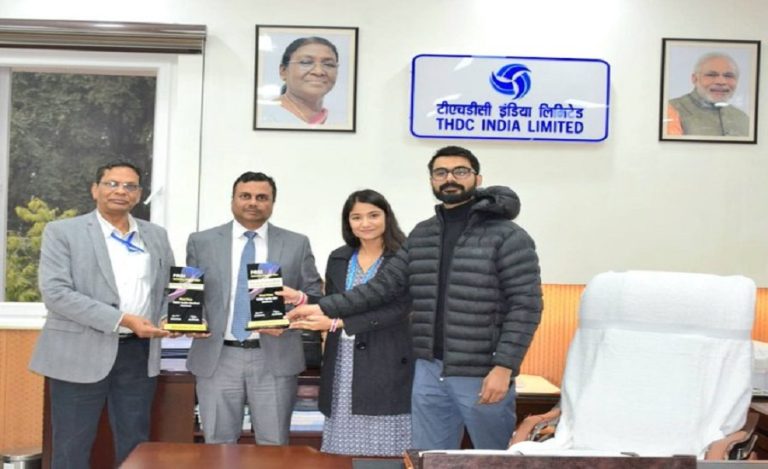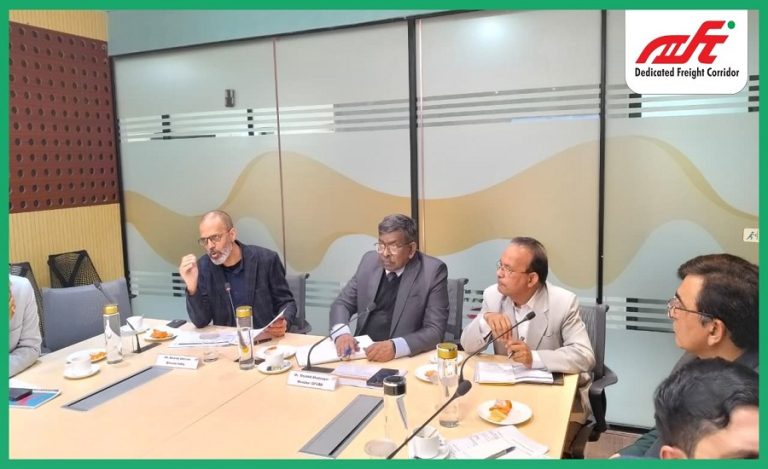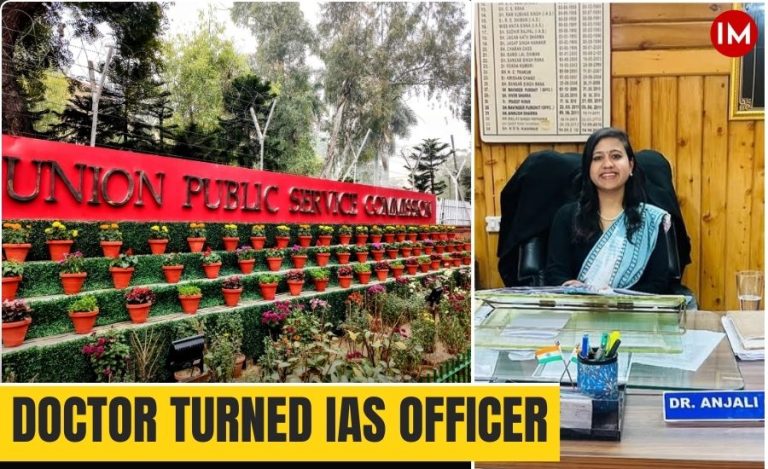Union Power Minister Mr. Manohar Lal today highlighted India’s transformative progress in the power sector over the past 11 years, announcing that the country has not only achieved power sufficiency but is now transitioning toward becoming a power surplus nation. Addressing a press conference, the Minister outlined groundbreaking initiatives and record-breaking achievements that have strengthened India’s energy security and renewable energy integration.
In a landmark achievement, India successfully met its highest-ever peak power demand of 241 GW on June 9, 2025, with zero shortage reported—a stark contrast to the power deficits of the past. Mr. Manohar Lal attributed this feat to massive infrastructure upgrades, efficient grid management, and rapid capacity additions.
To accelerate renewable energy adoption and grid stability, the government approved a Viability Gap Funding (VGF) scheme worth Rs. 5,400 crore to develop 30 GWh of Battery Energy Storage Systems (BESS). Combined with the existing 13.2 GWH projects, this initiative is expected to attract Rs. 33,000 crore in investments, ensuring India meets its BESS requirements by 2028.
Transmission Revolution: UHV AC Grid, ISTS Waiver, and Higher Land Compensation
- Ultra High Voltage (UHV) AC Transmission System: A network of nine 1100 kV transmission lines and ten substations will be developed by 2034, backed by Rs. 53,000 crore in investments, to modernize India’s power grid.
- ISTS Waiver Extended: To boost energy storage, the waiver on Inter-State Transmission System (ISTS) charges for battery and pumped storage projects has been extended till June 2028.
- Fair Compensation for Landowners: Compensation for land used in transmission lines has been increased—200% of land value for tower areas (up from 85%) and 30% for Right of Way corridors (up from 15%). States like Haryana and Delhi have already adopted the new policy.
India achieved its highest-ever annual capacity addition of 34 GW in 2024–25, with renewables (solar, wind, and hydro) contributing 29.5 GW. The total installed capacity now stands at 472.5 GW, nearly doubling from 249 GW in 2014.
Key Projects & Reforms
Tehri Pumped Storage Project (PSP): The 250 MW first unit in Uttarakhand has been commissioned, enhancing peak demand management and renewable integration.
Private Investment Boost: Late Payment Surcharge (LPS) Rules have been expanded to Intra-State Transmission to attract private players and improve financial discipline.
Energy Shortage at Record Low 0.1%: From 4.2% in 2013–14, shortages have plummeted to just 0.1% in April 2025, ensuring near-universal power availability.
Road Ahead: 100% Household Electrification
Reiterating the government’s commitment to 24×7 power for all, Mr. Manohar Lal emphasized that India is on track to achieve 100% household electrification, with a focus on last-mile connectivity in rural areas.
“Our reforms have transformed India from a power-deficient nation to a global leader in energy access and renewable growth,” the Minister stated, underscoring the sector’s role in driving economic growth and sustainability.
With these advancements, India’s power sector is poised to support the nation’s rising energy demands while advancing its net-zero goals.
Also Read: Uttarakhand CM Launches Rs. 210 Crore Development Push in Purola – Details Inside

